According to the reproductive biology and ecological learning of fish, the fish ecological environment is simulated, and the alternative materials are used to construct artificially, set up in specific waters, provide breeding for fish, and grow habitats of juvenile (young) fish . More than 60% of freshwater fish and shrimp can be added in the form of artificial fish nests. (1 ) Working background. Due to the differences in fish breeding habits, the causes of their resource decline are also different. Therefore, specific resource conservation techniques should be developed for the characteristics of fish spawning and reproduction. Due to the influence of human activities such as sand excavation, bank remediation and hydrological regulation, the area of ​​spawning of sticky or viscous egg fish in inland natural waters is drastically reduced. Therefore, artificial fish nest construction technology is needed to provide spawning and breeding. Guarantee. (2) Technical principles. The use of fish in the shallow water continent beaches to adhere to soft media such as water plants, sand and gravel and other hard media, and attached to the medium to protect the growth of reproductive biology, ecological learning, set up various types of artificial fish nests in natural waters For fish breeding and breeding, larvae and juveniles shelter and grow. (3) Technical methods. The key to artificial fish nest construction technology is the choice of fish nest materials, implementation waters and implementation time, and management and maintenance during implementation. Artificial fish nests include soft medium artificial fish nests, hard medium artificial fish nests, and composite artificial fish nests. The artificial fish nests of grassy sticky egg fish should be constructed with soft matrix materials such as goldfish algae, brown flakes, reeds, reeds, ferns, bamboo leaves, etc. Artificial fish nests producing sticky squid eggs should adopt fir rind and wood strips. Construction of hard matrix materials such as pebbles. (4) Scope of application. It can be applied to water bodies such as inland rivers, lakes and reservoirs, especially those that have been distributed in spawning grounds and whose base material has been damaged. It is generally chosen to be implemented in slow-flow or still-water areas, avoiding the main waterways and waters with frequent human activities. (5) The effectiveness of the work. Since 2015, more than 20 cities and counties in Hunan have developed artificial fish nests, which have proliferated more than 10 billion fish eggs and more than 9 billion fish fry, with an input-output ratio of more than 1:10. From 2014 to 2016, Guangdong Province carried out demonstration and promotion of artificial fish nests in some river sections of Xijiang and Dongjiang, with a total of 110,000 square meters. It is estimated that 200 million to 300 million tails of annual growth can be achieved. At present, artificial fish nests have been promoted and applied to major river basins such as the Yangtze River, the Yellow River and the Pearl River. (6) Application prospects. The technology has good promotion and application prospects because of its characteristics of repairing fish spawning ground, breeding and hatching species, no potential germplasm pollution, good water ecological restoration effect and high proliferation efficiency. (7) Relevant suggestions. (1) Carry out research on proliferation and repair techniques of other types of artificial fish nests such as hard media and composite; (2) Constructing artificial fish nests as an important measure for ecological restoration of fishery waters, and the government guides the promotion and promotion; (3) Implement the artificial fish nest as an important part of the ecological compensation for the wading engineering fishery. Technical building team 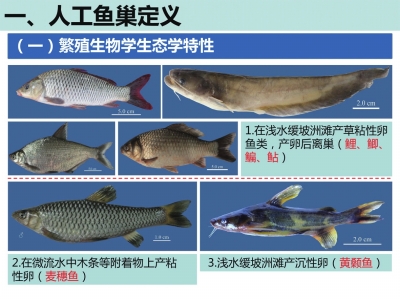

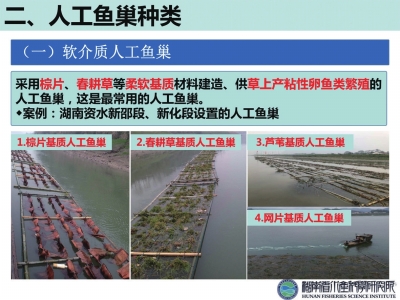


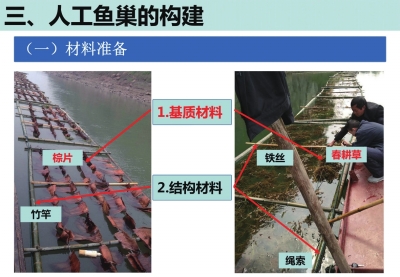
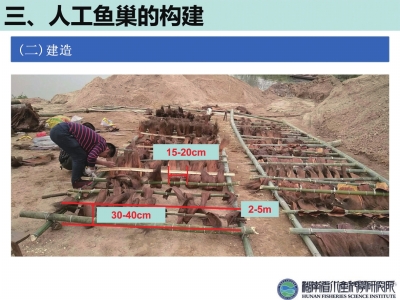

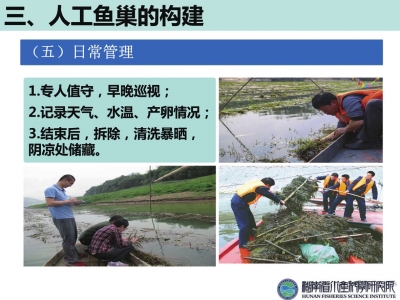
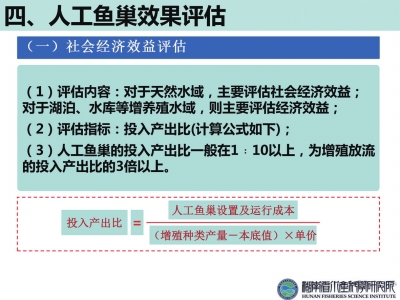
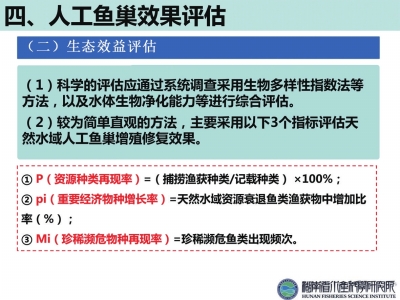
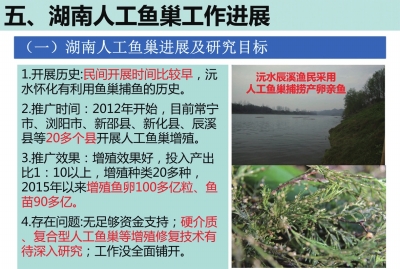



Freshwater fish-analysis of artificial fish nest construction technology
Tags: fish farming aquaculture nest